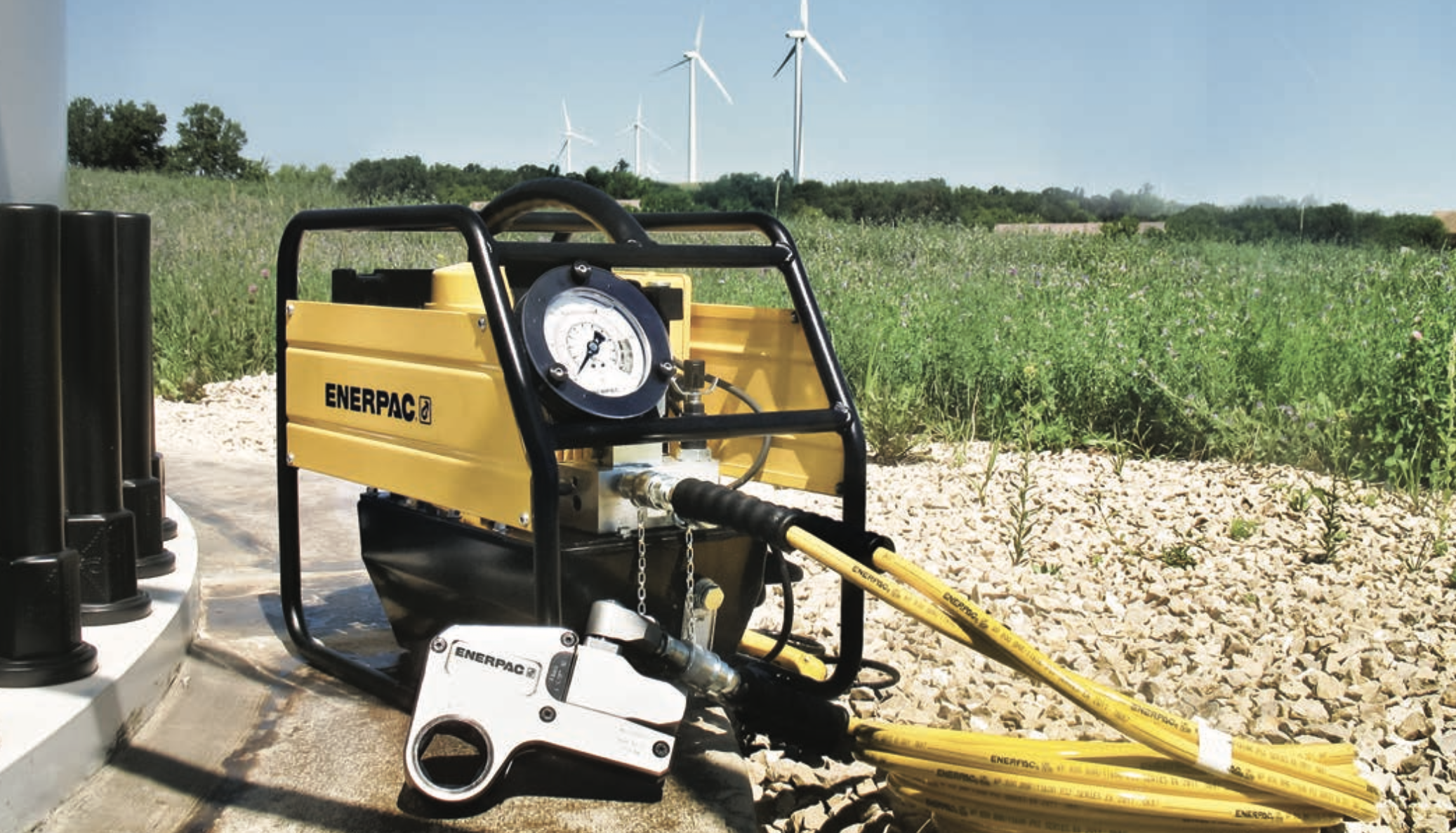Torquing and tensioning are two very different ways to tighten a bolt. Each method has its own advantages and disadvantages. A wind turbine can contain as many as 25,000 bolts, with each one contributing towards either the turbine’s structural integrity or how it functions. So, it’s worth knowing how both torquing and tensioning work.
Before comparing torque vs tension, first, we should go back to basics and look at how a tightened bolt behaves.
Bolts that are correctly tightened make use of their elastic properties. To create a tight joint, they must behave like springs. When a load is applied by a torque wrench or tensioner, the bolt stretches and tries to return to its original length. The resulting tension produced by the load leads to a clamping force. It is this which works with the friction from the bolt’s threads to produce a fully secure joint.
From this simple principle we then naturally progress to…
Understanding the difference between torque & tension
Torque is the measurement of the force that causes something to rotate, for example, the turning force needed to spin a nut around the threads of a bolt. Whereas tension is the stretch or elongation of a bolt that provides the clamping force of a joint.
Bolt torquing and bolt tensioning are both widely accepted ways to seal a joint. However, each method has different characteristics and suits different types
of application.
Torquing with hydraulic torque wrenches
A Torque wrench works by applying the principle of Newton’s law. This states that for every applied force there is an equal and opposite reactive force.
In practice, this means that as a nut is turned, the bolt material stretches. This creates tension within the bolt that acts as a clamping force over the effective thread length. The clamping force pulls the two bolted components together and retains a tension (load) within the bolt.



























